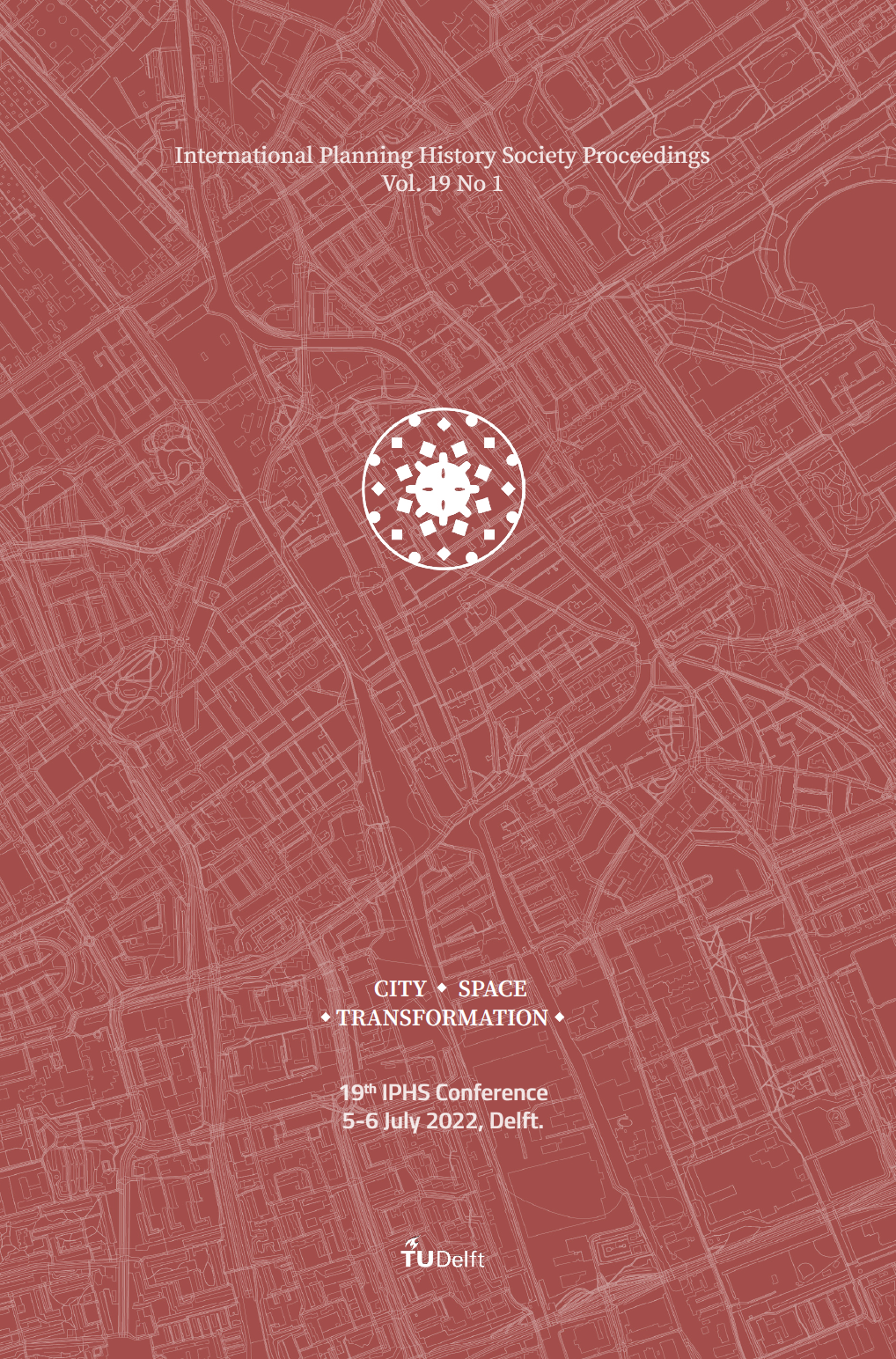Architects and the Atomic Age
The Atomic Energy Commission and the debate on urban dispersion
DOI:
https://doi.org/10.7480/iphs.2022.1.6735Abstract
At the dawn of the atomic age the US architectural scene was shocked to the awe and devastation brought by the atomic bomb and was quick to adapt it thinking on city planning. As early as December 1945, Alfred Caldwell was proclaiming in a feature article of the Journal of American Institute of Architects: “Now we have a weapon that makes cities the most dangerous place in the world.” For Caldwell, as well as Hilberseimer and a growing group of advocates, decentralization was the only rational solution to civil defence in the wake of the US bombings at Hiroshima and Nagasaki. In the following years, this direction for dispersed urbanism was propagated by the mass architectural media of the time and institutionalized through workings between the American Institute of Architects and the US Atomic Energy Commission of 1946, the gubernatorial agency for the promotion and regulation of atomic energy to all facets of US industry. But a counter-argument to urban dispersion was also harbouring among the architectural community, namely by architects such as Josep Lluis Sert, who having taken the lessons of the US CIAM to his heart stood in defense of central city areas and “the historical pattern of towns.” This paper traces the history of this debate on urban dispersion and investigates the connections between administrative, academic, media, and professional bodies that interconnected and conditioned the architectural matters of the time.
Downloads
Published
How to Cite
Issue
Section
License
Copyright (c) 2022 Phoebus Ilias Panigyrakis

This work is licensed under a Creative Commons Attribution 4.0 International License.

